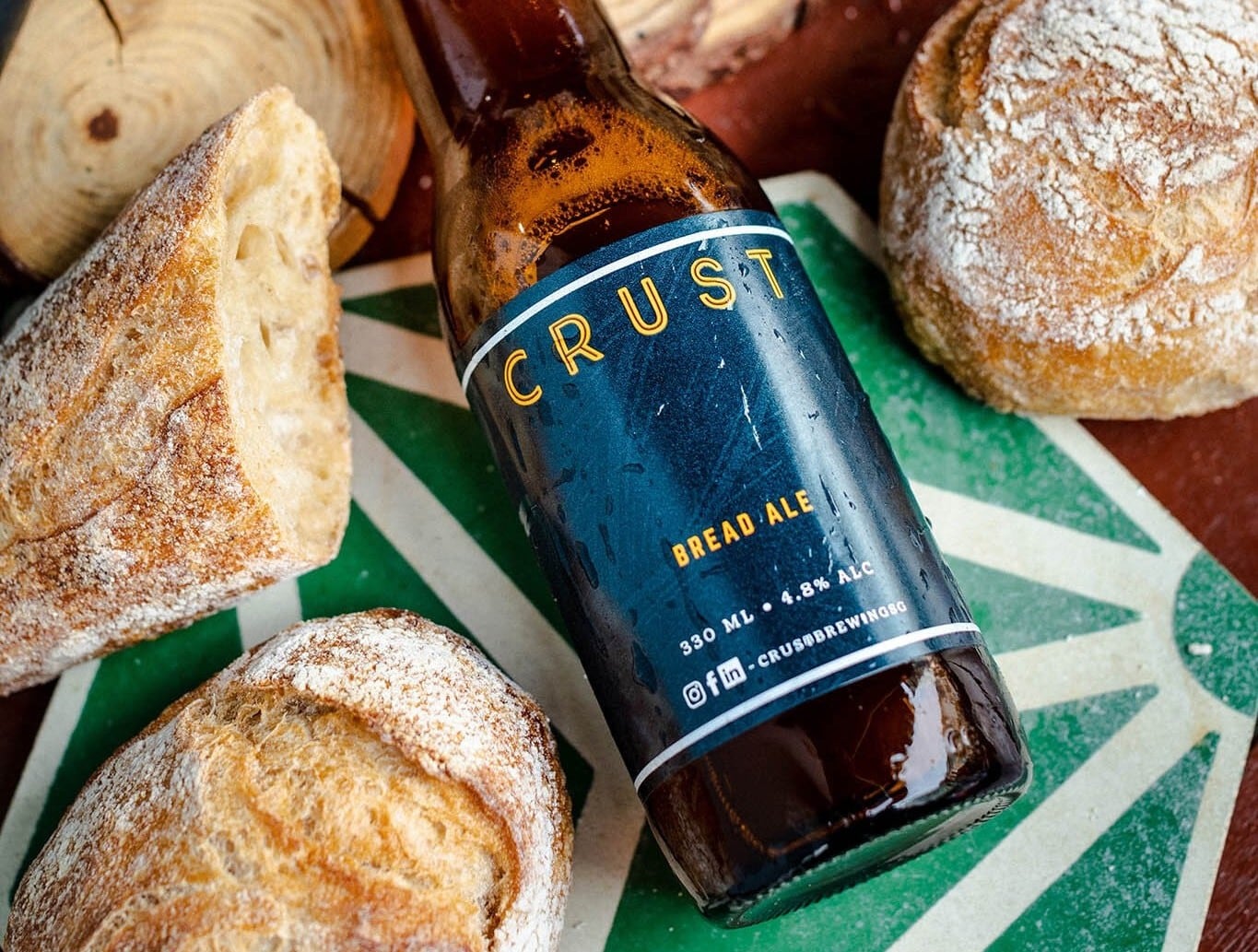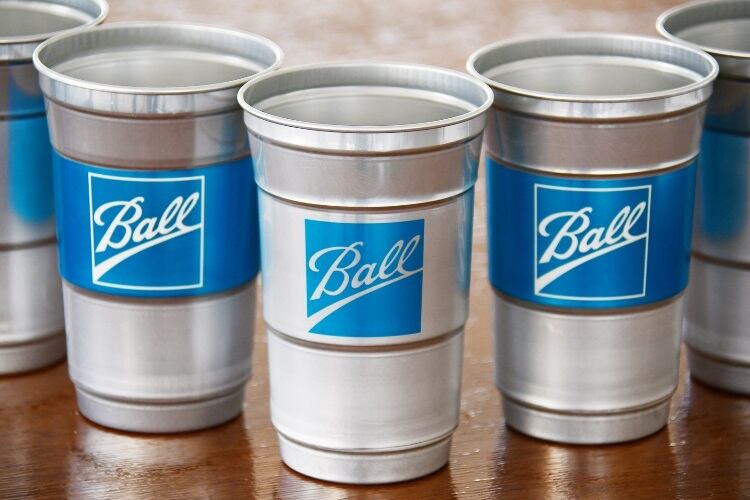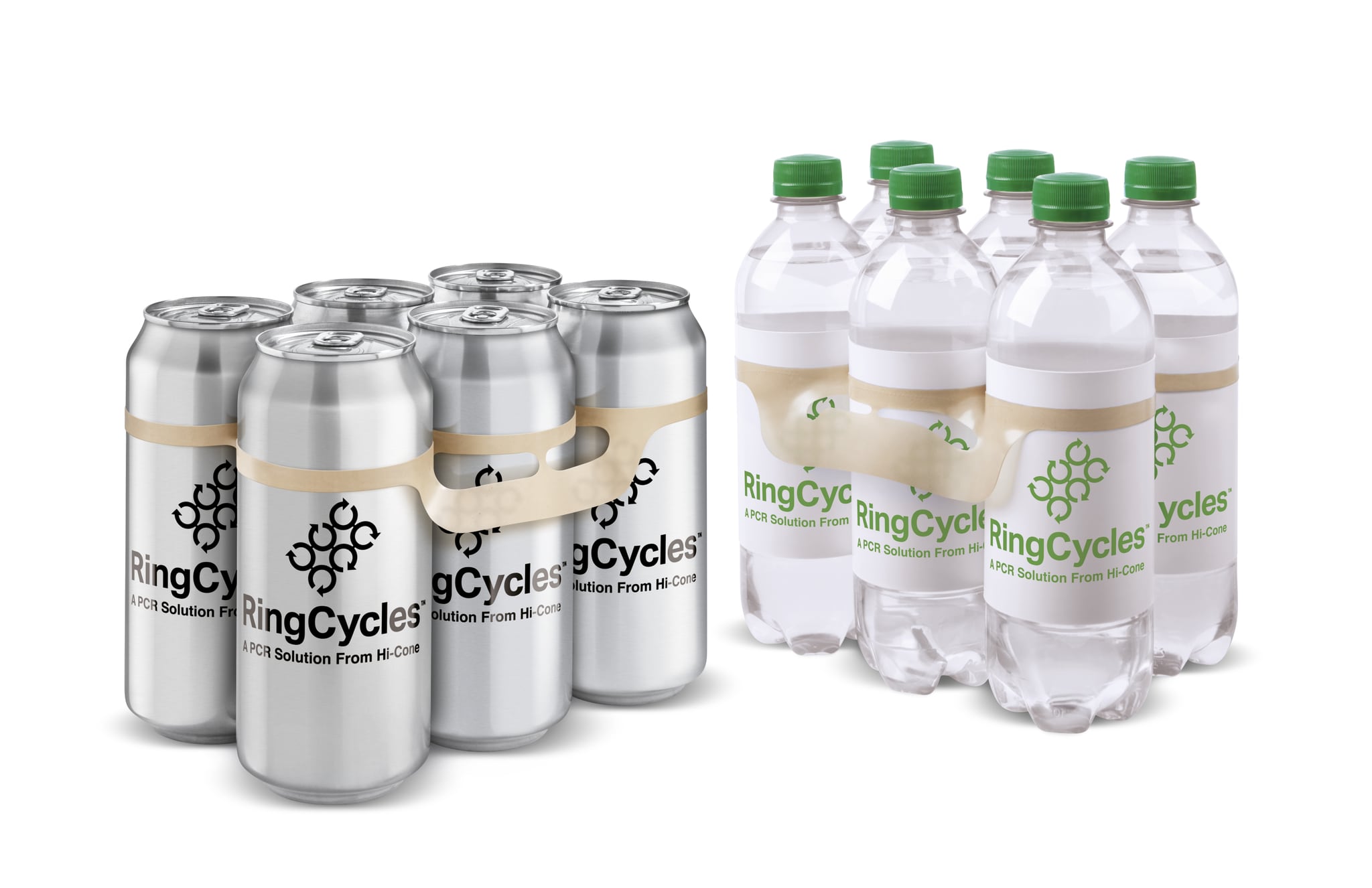Some might judge one man’s ambition to turn his home brew hobby into a commercial craft business in months as unachievably lofty, but the founder of Crust Brewing in Singapore seems determined to prove them wrong.
On paper, it seems unrealistic. Someone who learnt home brewing from YouTube while juggling a full-time job in insurance with batch beer making. Add to this the fact the star ingredient of his ale is stale bread.
But Travin Singh has hopes for his own decent sized brewery in the city, instead of sharing a local brewer’s facilties. He is also hoping for local hotels to take on board his vision for eco-sustainability that centres on transforming their waste into raw materials.
“I truly do believe in sustainability. As long as you provide value, as long as the profits come in eventually,” said Singh.
Learning about bread and brewing
As a recently self-taught home-brewer, a couple of years after leaving the Singaporean Navy and starting work as a financial advisor specialising in front-end corporate insurance, he started researching the origins of beer. He came across some articles that mentioned that preservation of bread is one of the oldest forms of making a beer.
Both bread and beer have common ingredients — wheat, water and yeast — though there are few brewers in the world that actually make beer from bread. One bigger one, in London, talked Singh through its processes. He then travelled to California, America’s craft beer leader, and visited 11 breweries in a month, getting to know more about the commercial side of brewing.
“I had done my first home brew batches and to be honest, I failed quite miserably, I wasn’t good enough. When I came back in February, I did a few batches again, but with a better success rate. We started the company in April, then we entered the market in September,” he said.
Crust Bread Ale is now brewed at the premises of the On Tap brewery, and is being supplied at the very small scale of 230 litres per monthly batch, though Singh says demand is good enough for him to scale up to 2,000 litres per month later this year.
He has plundered the experience of On Tap’s brewer to try to achieve more consistency between batches. This, Singh Says, is not as easy as it sounds when the waste bread he collects early each brewing day from the central kitchen of Maison Kayser.
When the bread, which is given away after maxing its expiry date, arrives with more crusts than softer insides, the beer brews sweeter with a caramel-like aftertaste. When there are fewer crusts, the beer tastes less sweet.
“Our beers will be a little bit inconsistent, but of course I’m going to try and reach a certain level of consistency in terms of the beer, but because we are dealing with surplus bread there will always be differences in the bread we are using. In terms of alcohol volume, I haven’t had any problems so far,” Singh said.
Sourcing surplus bread
Alongside Maison Kayser, Crust Brewing wants to attract more suppliers of surplus bread—especially those who will use it towards their own beer labels.
“Looking forward, we are going to start working with five-star hotels, because these hotels have a lot of bread wastage, a lot of surplus bread. What we are going to do is make a bottle of beer for hotels, using their bread and having co-branding with them,” said Singh.
“When I started the company, I just wanted to be in small bars and restaurants, at least for the first year, and when I have more confidence move into hotels. We’ve been meeting with some upscale hotels. They liked the beer and the idea around it, so the collaboration seems like it is going to plan,” he added.
The beer is now available at SG Taps, a sustainable cocktail bar and one of Asia’s best, according to an authoritative poll, and at around a dozen bars and retailers.
Singh is adamant that his craft beer venture, which he started with a small loan and was recently given a grant by Singapore’s government, is not a hobby that is out of control, despite the small scale of production so far and his reliance on a full-time job to pay the bills.
“They are both my full-time jobs. There are only two people in the company, me and my COO. We do everything together,” he said.
The biggest challenge Crust Brewing faces is high raw material costs, which bursts the assumption that getting free ingredients would bring these down.
“Getting the right bread to use in my mash can take 1-2 hours for each of us. Every day we have to be at the central kitchen at the bakery at about 5.30 in the morning. We collect the bread and check every piece of it. Then we toast it, cut it and shred it. It’s manual labour. The time it takes to do that adds up to the pricing of the bread.”
Singapore: a fertile hub for the craft brewing scene
Crust’s first beer was intended to be a cross between a lager and an ale. Something not so crafty that people don’t understand it, but which would appeal to a wider audience. This rationale is extended to hotels where craft fans tend to prefer something lighter to drink. Hotels are the goal here, as production expands and more hotels are added to the ale’s stockists.
But Singapore is turning into a fertile hub for the craft brewing scene, with more and more breweries delivering both greater competition and competition for space in tap rooms.
“If you haven’t got something different, it’s going to be more difficult, I think. We are not trying to compete with the craft brewing industry but we are trying our best to create a market of our own. It’s going to help us keep the scale,” said Singh.
He is now turning his attention to meeting more potential partners that may help him reach out into new markets outside Singapore. To do so he has booked a booth at FHA Food and Beverage in Singapore at the end of March.
“I’m quite a bit of a risk taker, and most of my knowledge of brewing has come from YouTube. I watched a lot of videos, getting to know more and doing more experiments. I’m not afraid if I get a bad batch of beer, I’ll just do another one,” Singh added.




